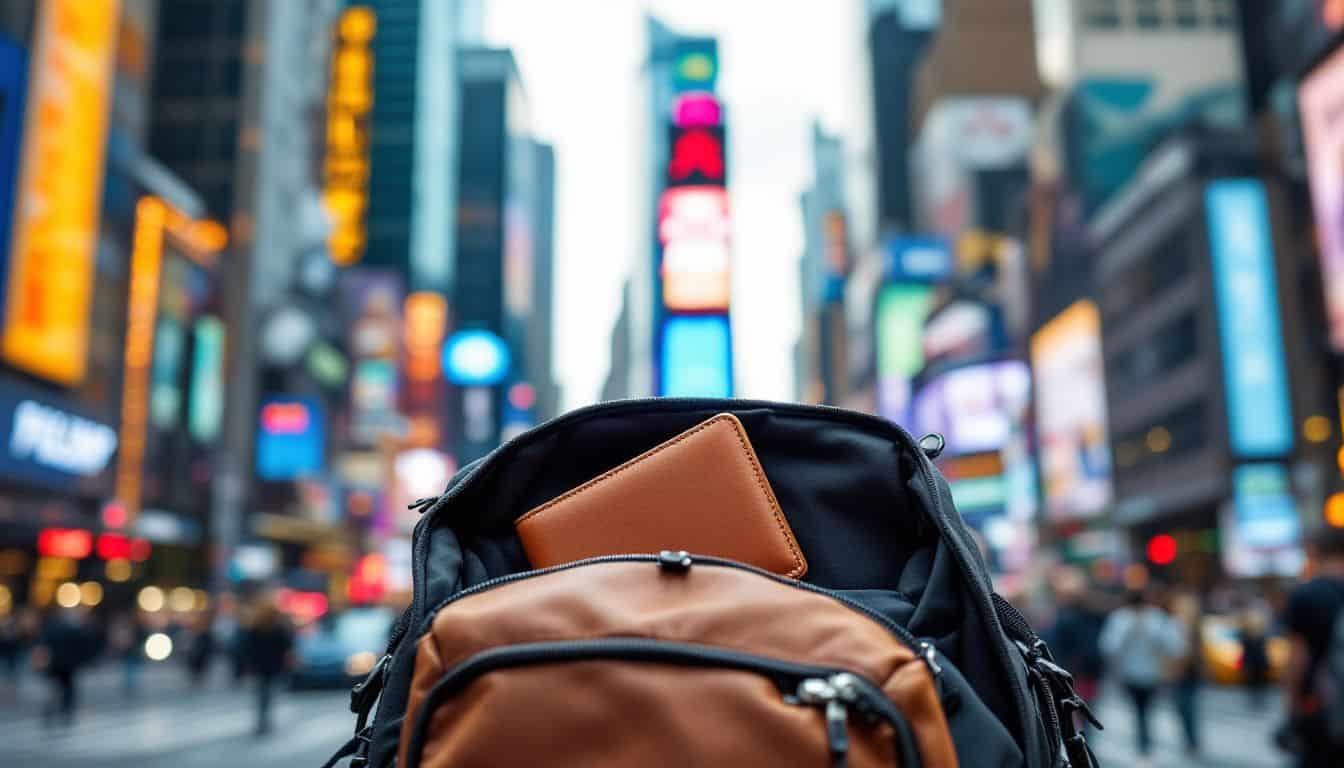Figuring out how to use crypto when travelling can feel tricky for digital nomads. More than 15,000 businesses worldwide now accept cryptocurrency payments for travel expenses. This guide will show you six practical tips to handle your crypto safely while exploring new places, from picking the right crypto wallet to finding crypto-friendly spots.
Ready to make your crypto work for you on the road?
Key Takeaways
Over 15,000 businesses worldwide now take crypto payments, with hardware wallets like Trezor offering the best protection for travelers’ digital assets.
Smart travelers use a 2-of-3 multisig wallet setup and keep minimal amounts in hot wallets like BlueWallet or Muun for daily spending, while storing main savings in cold storage.
Crypto ATMs exist in over 70 countries, with 30,000 machines in the U.S. alone, charging fees between 5-23% per transaction.
Popular travel booking site Travala.com reports 80% of users book with crypto, while major chains like Starbucks and Subway accept digital payments through apps like SPEDN.
Digital nomads must report crypto moves above $1,000 in most countries and $3,000 in the U.S., making record-keeping crucial for tax compliance and security.
Table of Contents
Preparing to Use Crypto While Traveling

Getting ready for crypto travel takes smart planning and the right tools. Your first steps should focus on picking secure wallets and keeping your digital money safe while moving between countries.
Choose the right crypto wallet
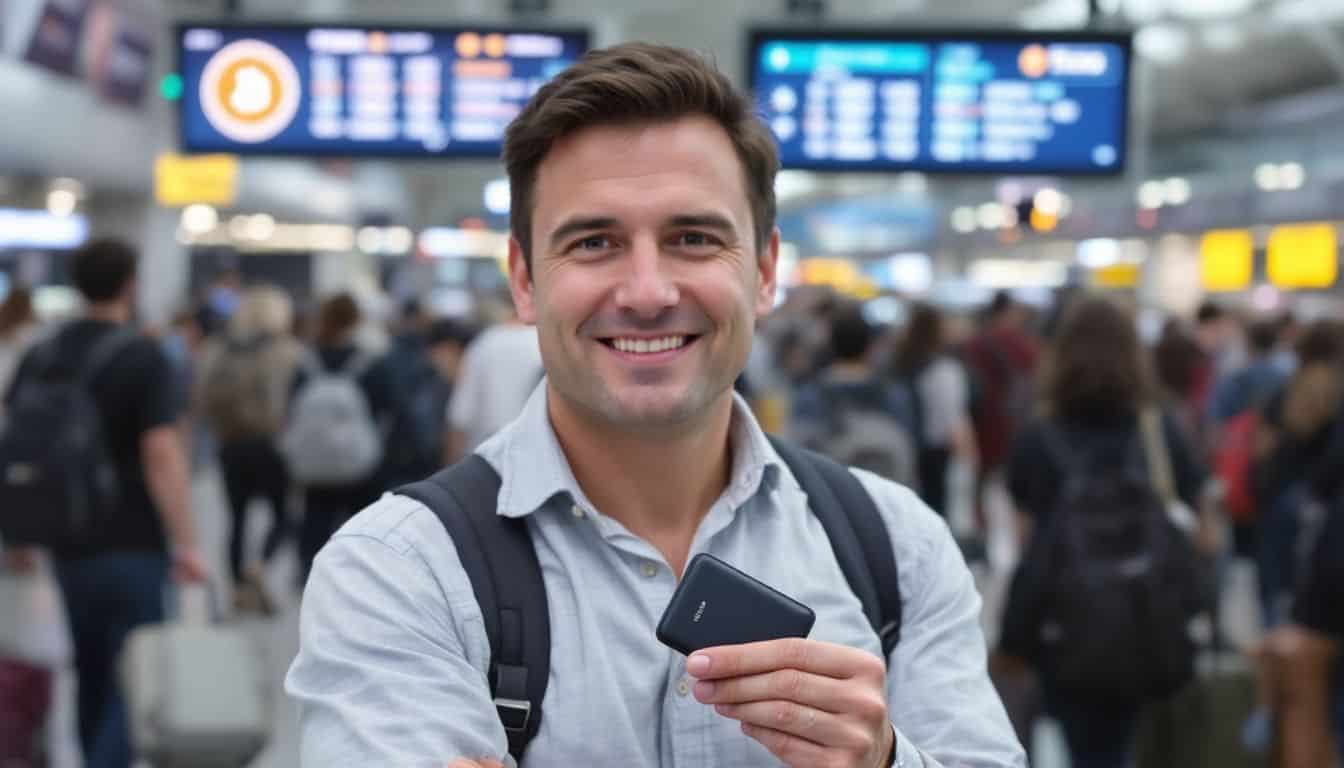
Picking a crypto wallet starts with safety first. A hardware wallet like Trezor offers the best protection for your digital coins while you travel. Think of it as your digital safety deposit box that fits in your pocket.
Your private keys stay offline and away from hackers, making it perfect for storing and using BTC/USDT during your adventures.
Smart travelers use multi-signature wallets as an extra safety net. A 2-of-3 multisig setup means you’ll need two out of three keys to move your funds. This setup protects you if your phone gets stolen or lost.
Security isn’t expensive, it’s priceless – especially when protecting your crypto assets.
Keep one key on your hardware wallet, another with a trusted family member, and a third in a secure backup location. Two-factor authentication adds another layer of protection to keep your crypto safe while exploring new places.
Carry only essential wallets

Smart travelers pack light – this applies to crypto wallets too. Your daily spending needs a small amount in hot wallets like BlueWallet or Muun. Keep your main savings in cold storage multisig wallets back home.
This is similar to carrying a small purse for shopping instead of your entire bank account.
Going minimal with crypto wallets helps you stay safe on the road. Store just enough digital cash for your trip expenses in your smartphone wallet. This cuts down risks if your device gets lost or stolen.
Never discuss your Bitcoin ownership in public places or with strangers. A decoy wallet with a tiny amount can protect your primary assets if things go wrong. Research your travel destination’s crypto rules and regulations.
Back up private keys securely
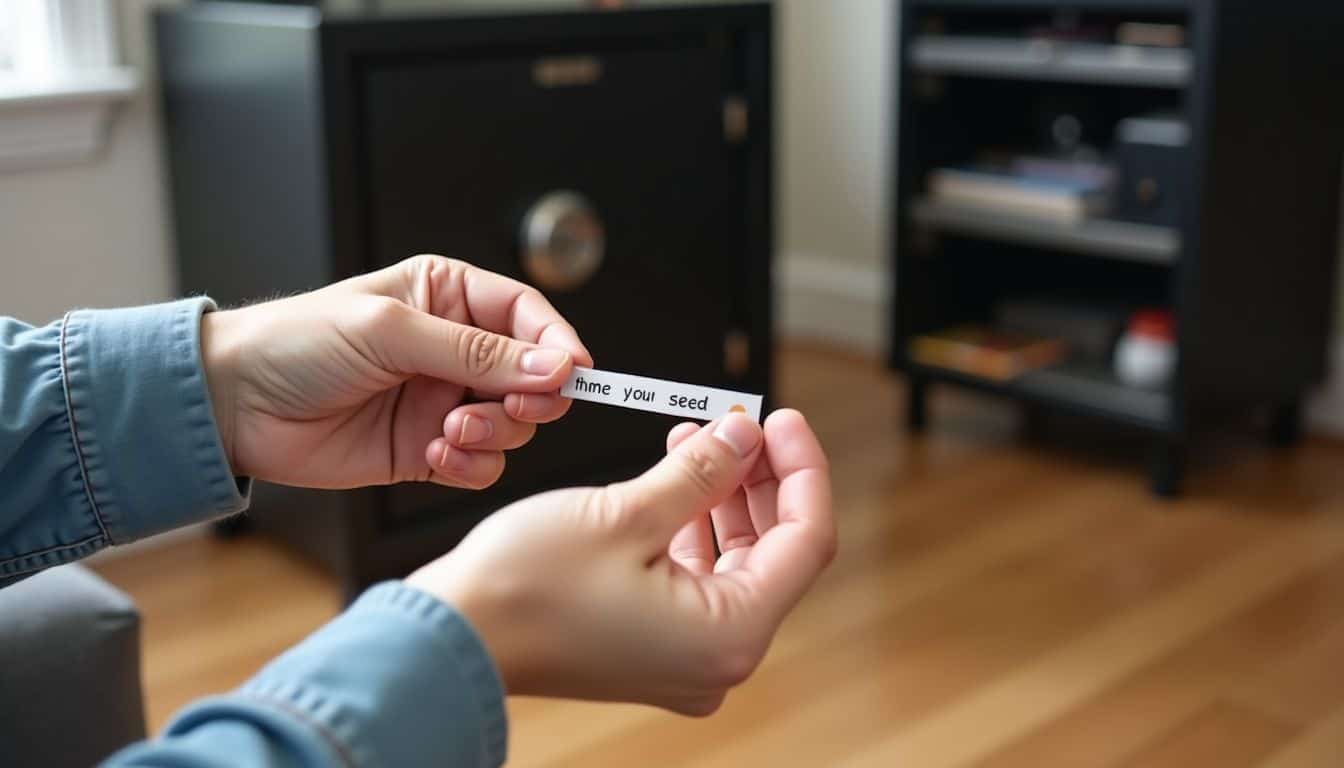
Moving beyond basic wallet management, securing your private keys stands as your top defense against crypto theft. Your private keys act like the master password to your digital money, so treat them with care.
I learned this lesson the hard way after nearly losing access to my crypto funds during a trip to Europe last year. Split your seed phrase into multiple parts and store them in different secure spots – never keep them all in one place while travelling in San Francisco or anywhere else.
Create encrypted digital copies of your private keys using password managers. Store physical backups in a fireproof safe at home. Many crypto experts suggest dividing your seed phrase among trusted travel buddies for added security.
This method saved my funds when I lost part of my backup during a beach day. Your private keys protect your entire crypto portfolio, so proper storage matters more than convenience.
Researching Your Destination

Smart travelers check local crypto rules before packing their bags. Your crypto adventure starts with knowing which countries welcome digital money and which ones might give you trouble at the border.
Check crypto regulations in the destination country
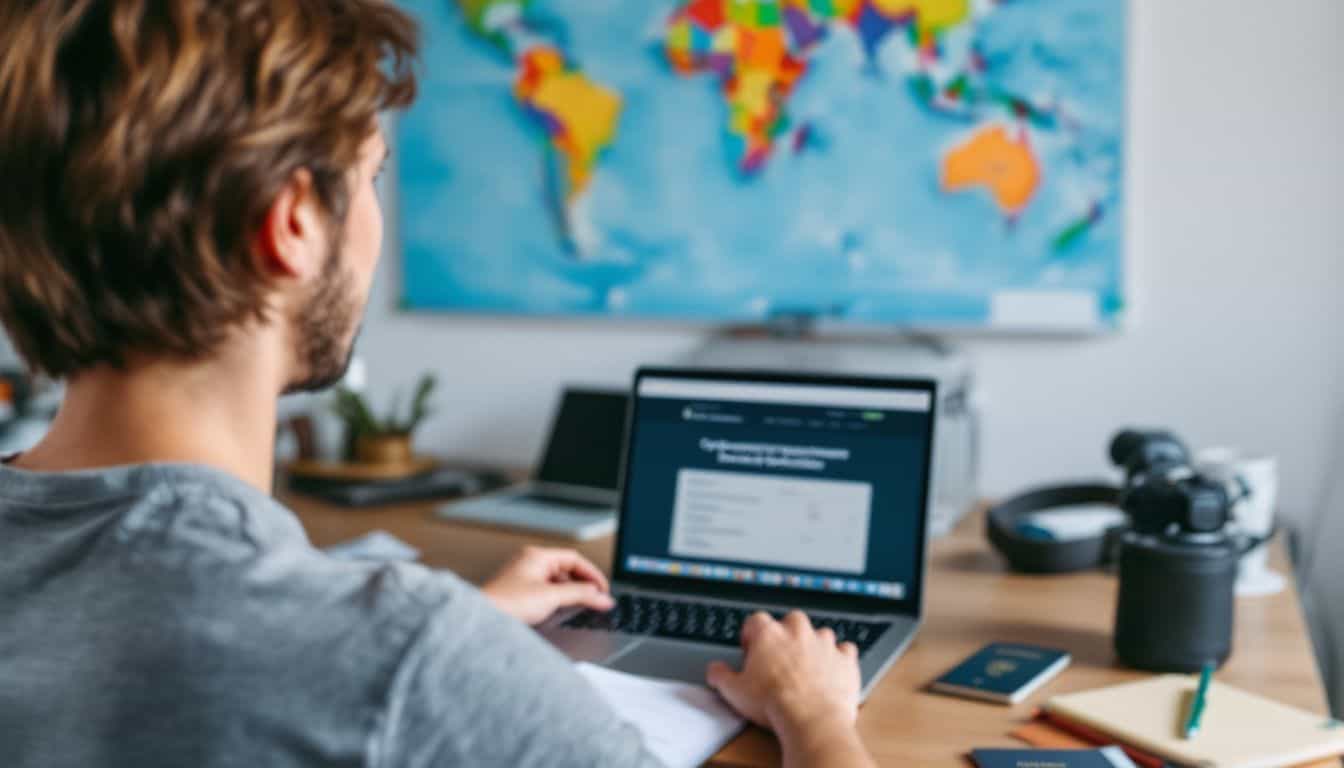
Different countries have strict rules about crypto use. The Financial Action Task Force (FATF) sets global standards that cover more than 200 places. You must report crypto moves above $1,000 in most countries, and $3,000 in the U.S. Last month, I learned this the hard way during my trip to Singapore.
My crypto transfer got stuck because I didn’t check the local rules first.
Crypto laws change fast, so check official government websites before you pack those bags. Many countries now ask crypto businesses to screen users and track big transfers. This helps stop money laundering and keeps everyone safer.
The next step is finding local spots that welcome your digital money. Keep your eyes on those crypto-friendly businesses and services in your target location.
Identify crypto-friendly businesses and services
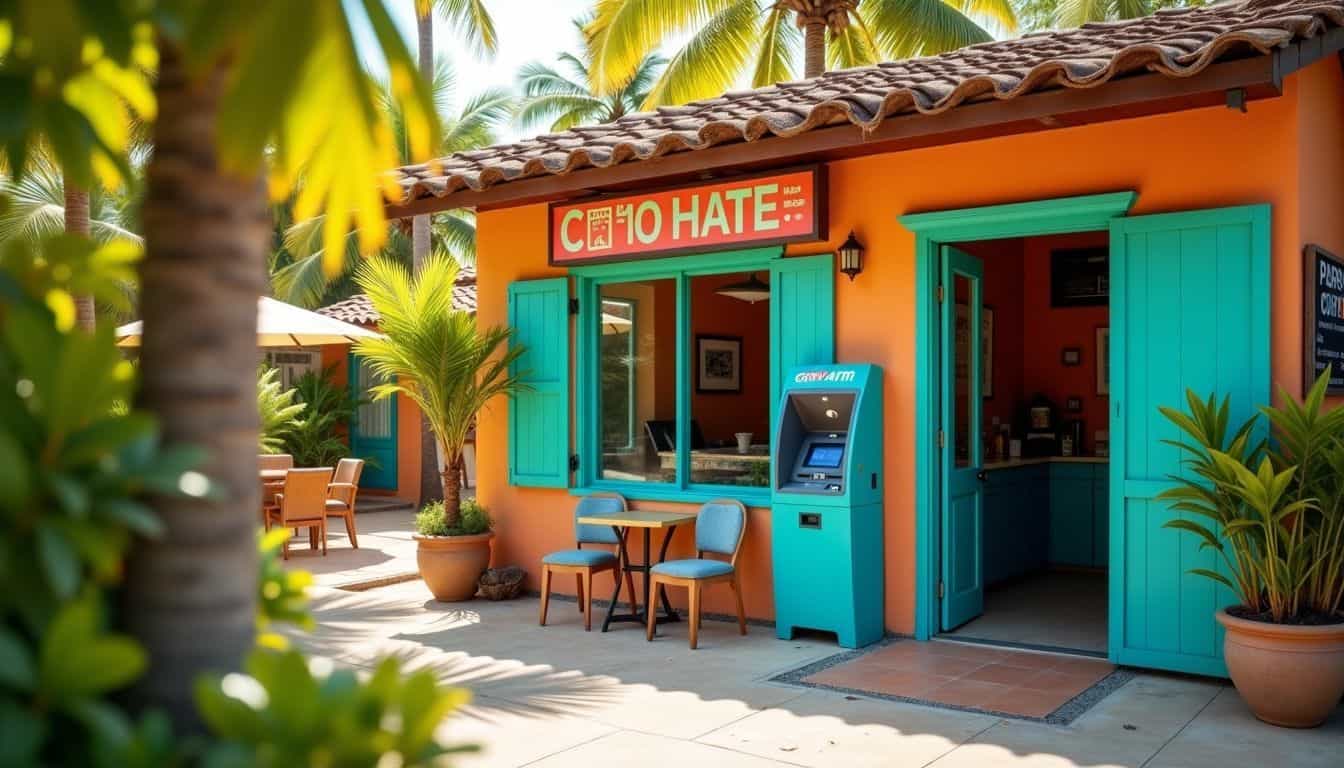
Finding crypto-friendly spots makes travel easier and more fun. Smart travelers check these places before leaving home to avoid last-minute stress.
- Download Travala.com’s mobile app to your phone. This platform shows 80% of users book travel with crypto, making it a trusted choice for flights and hotels.
- Search for local crypto ATMs through CoinATMRadar in your target location. These machines let you swap crypto for cash in over 70 countries.
- Join local crypto groups on Facebook or Telegram for your destination. Real users share updated lists of stores, cafés, and services that take crypto payments.
- Look up hotels and airlines that accept Bitcoin through BitPay. Expedia partners with many crypto-friendly hotels across New Zealand and the Bahamas.
- Install the Coinbase app to find nearby merchants who take crypto. The app shows restaurants, shops, and services on an easy-to-use map.
- Check crypto exchange rates at your destination through CoinGecko. Compare prices between USD and local currency to get the best deals.
Security plays a big role in using crypto while travelling abroad. Let’s look at how to keep your digital assets safe during your trip.
Managing Security While Traveling
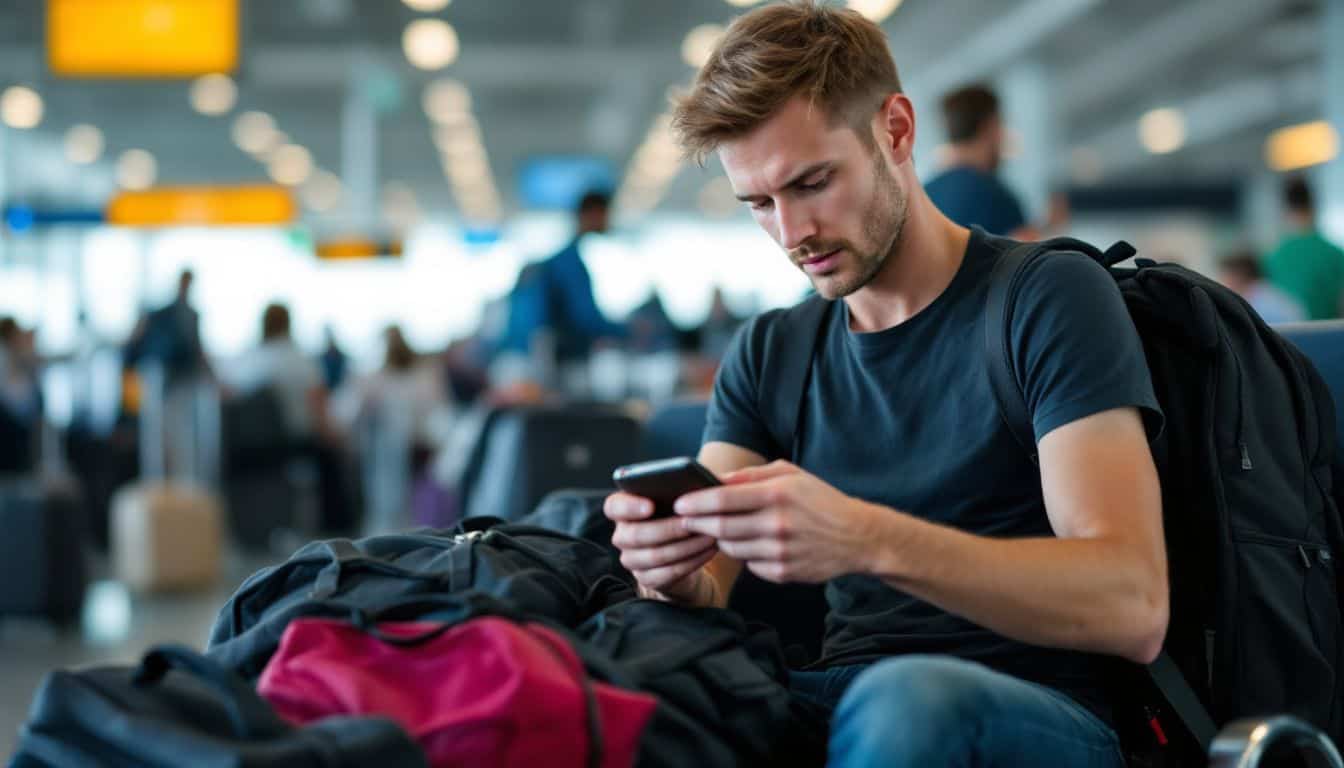
Keeping your crypto safe while travelling needs smart moves and strong security habits. Your digital assets stay protected through hardware wallets and multi-layer protection systems, just like how you’d guard your passport in a foreign land.
Avoid carrying seed phrase backups
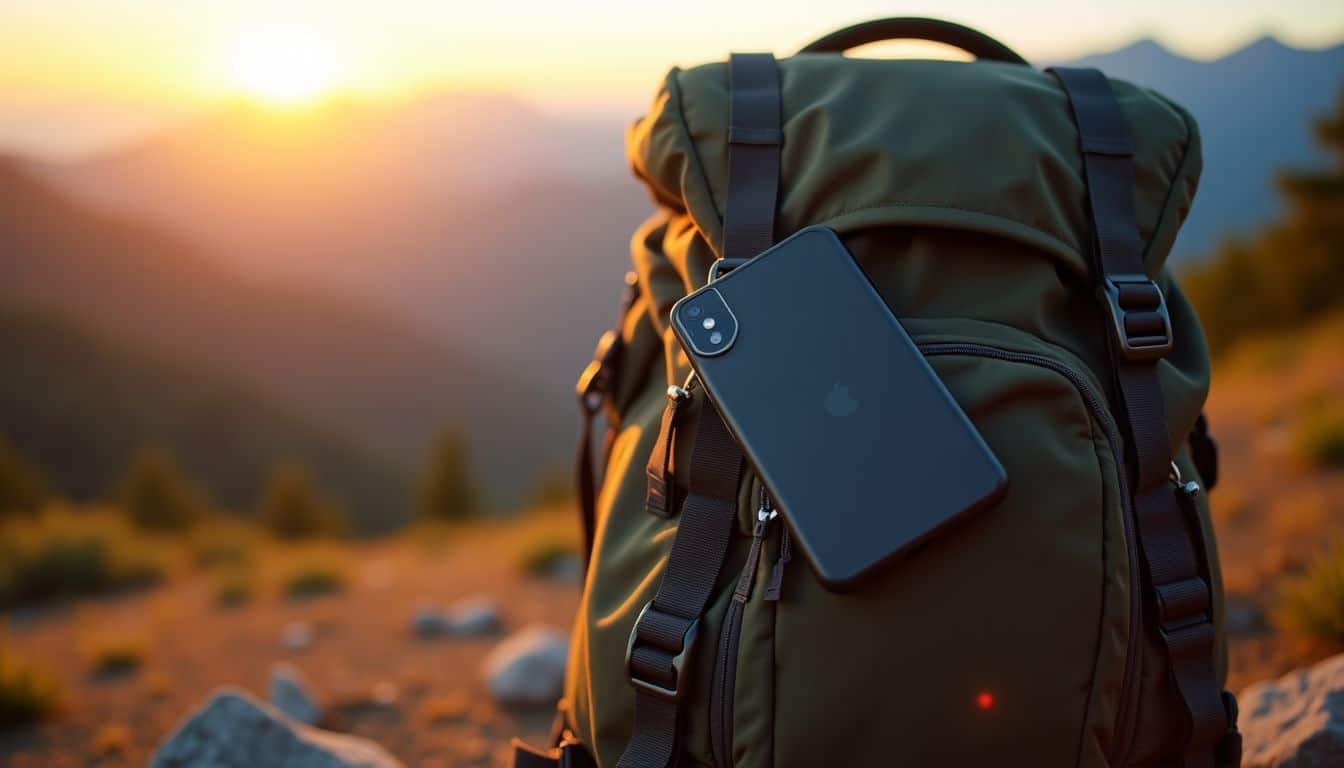
Your seed phrases need more protection than hiding cash when you travel. These backup codes give direct access to your crypto assets, making them a prime target for theft.
Smart travelers now pick hardware wallets like Cypherock instead of writing down seed phrases. These physical devices store your private keys safely without needing backup phrases.
Physical wallets offer better security for your cryptocurrencies during trips. They protect against hacks, data breaches, and physical theft that could happen with written backups.
Your crypto wallet’s seed phrase is like the master key to your digital vault – guard it with your life.
The next step focuses on using multisignature wallets to add extra layers of protection to your crypto funds.
Use multisignature wallets for added security
 Multisignature wallets stand as your digital fortress while travelling with crypto. These special wallets need two or more private keys to move your funds, making them super secure against theft.
Multisignature wallets stand as your digital fortress while travelling with crypto. These special wallets need two or more private keys to move your funds, making them super secure against theft.
Most travelers pick a 2-of-3 setup, which means you need any two out of three keys to access your money. Think of it like a safety deposit box that needs both you and a trusted friend to open it.
Smart travelers split their keys between devices or trusted people back home. A setup might include one key on your phone, another with your sister, and a third in cold storage. This way, if someone steals your phone, they still can’t touch your crypto.
The blockchain technology behind multisig wallets makes them perfect for keeping your funds safe while exploring new places. Many crypto exchanges now offer this feature to protect against criminal activity.
Create a decoy wallet for emergencies
Beyond multisignature protection, smart travelers pack a decoy crypto wallet. This safety practice mirrors the old trick of carrying a dummy wallet with a few dollars. Your decoy crypto wallet should hold just enough funds – like $500 in stablecoins – to satisfy potential bad actors without breaking your bank.
Most crypto.com users set up separate wallets on their browser for this exact purpose.
The duress PIN feature on Coldcard wallets adds an extra shield to your crypto assets. This special PIN shows different funds if someone forces you to open your wallet. Your main stash stays hidden while displaying only the decoy balance.
The setup takes five minutes but saves countless headaches. Many women travelers pick Litecoin or other low-fee coins for their decoy wallets, since transaction costs stay minimal.
Spending Crypto During Your Trip

You can spend crypto at many places during your travels – from booking flights on major airlines to grabbing coffee at local cafés that accept Bitcoin or Ethereum through their payment systems.
Want to learn more smart ways to use your digital assets while exploring the world? Keep reading!
Use crypto for booking flights and accommodations
Booking flights and hotels with crypto has become super easy. Major travel sites like Expedia and Travala now take Bitcoin and other digital coins as payment. I booked my last vacation through Travala.com, joining the 80% of travelers who pay with crypto there.
The process feels just like using a regular credit card, but with better privacy and fewer fees.
Crypto made my travel bookings faster and cheaper than traditional payment methods – Sarah, Digital Nomad
These travel platforms accept various payment methods, including Ethereum and other cryptocurrencies. My friend saved $200 on her Royal Caribbean cruise by paying with crypto instead of fiat money.
The best part? No need to worry about currency exchange rates or international transaction fees. Many hotels and airlines partner with Booking.com to offer special discounts for crypto payments through their websites.
Find restaurants and stores accepting crypto payments
Paying for meals with crypto gets easier every day. Over 15,000 restaurants across France now take digital coins as payment. Major chains like Starbucks let you grab your coffee with Bitcoin through the SPEDN app.
Subway jumped on the crypto train back in 2013, making it super simple to buy your favorite sandwich with digital money.
Local spots are joining the crypto movement too. Places like Crazy Italians in Memphis and H-Town Donuts in Houston take crypto payments right at their counter. I used my crypto wallet last week to pay for pizza, and the whole process took less than a minute.
The cashier just scanned my phone’s QR code, and boom – dinner was paid for! Many stores now display “Crypto Accepted Here” stickers on their windows, making it a breeze to spot crypto-friendly businesses while walking around town.
Explore crypto ATMs for cash withdrawals
Crypto ATMs offer a quick way to turn your digital coins into cash. More than 35,000 Bitcoin ATMs exist worldwide, with 30,000 in the U.S. alone. These machines support major cryptocurrencies like Bitcoin, Ethereum, and Litecoin.
You’ll need your digital wallet app ready to scan the QR code at the ATM. The process takes about five minutes from start to finish.
The fees at crypto ATMs run higher than regular exchanges, ranging from 5% to 23% per transaction. Smart travelers plan their cash needs ahead to limit these costs. Most machines follow strict anti-money laundering rules, so bring your ID.
Your digital wallet must show a clear receiving address for the transaction to work. Some ATMs set daily limits on withdrawals to comply with financial crimes enforcement rules.
Additional Considerations
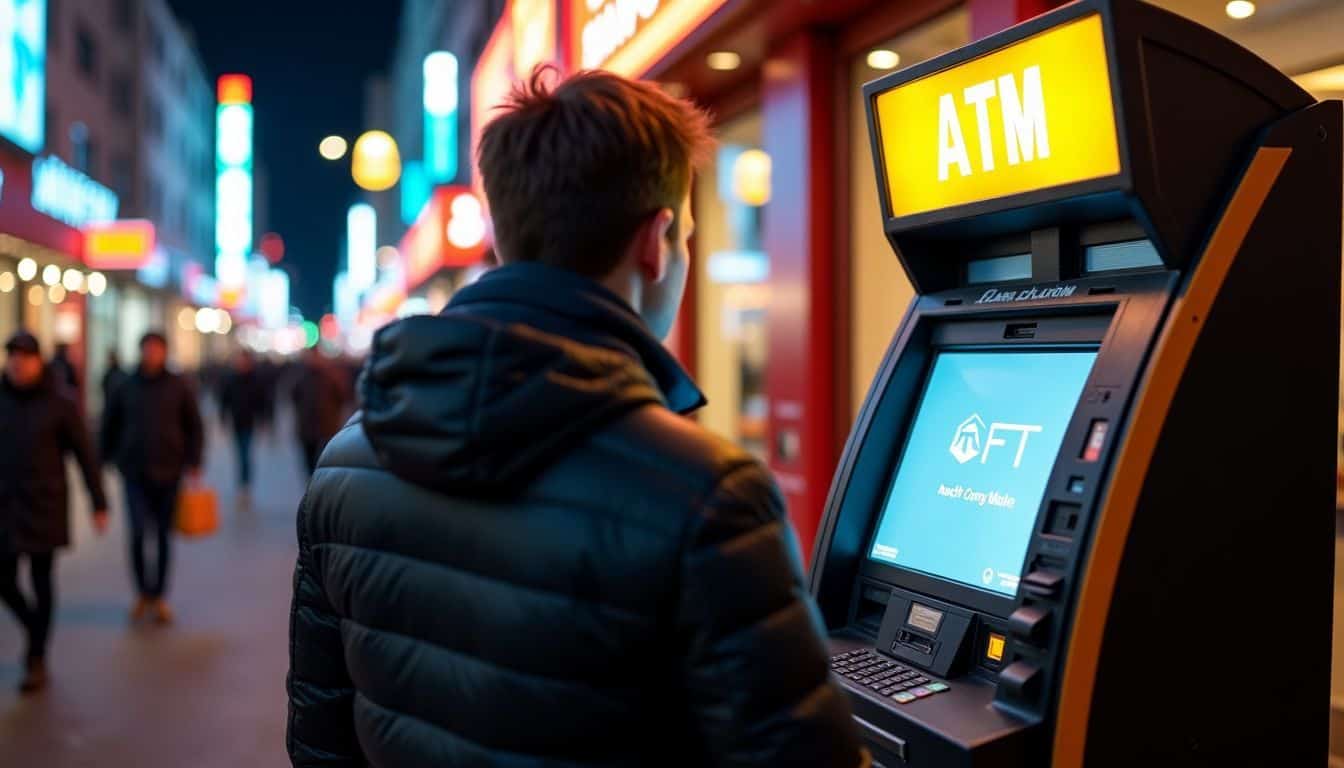
Smart travelers keep a close eye on crypto prices during their trips. You’ll want to check your crypto ATM fees and exchange rates to get the best deals on your cashback and credit cards.
Monitor exchange rates for better value
Keeping tabs on crypto exchange rates helps you get more bang for your buck while travelling. Real-time price tracking through cryptocurrency exchanges lets you spot the best moments to swap your crypto for local cash.
According to the crypto experts at Geek Extreme, digital nomads who monitor rates closely can save up to 15% on their transactions.
Your purchasing power shifts with market changes, so timing matters for your crypto spending. Set up price alerts on your favorite exchange platform to catch favorable rates. Many travelers use derivatives and futures contracts to lock in better rates ahead of time.
This strategy works well with us dollar-pegged tokens, giving you steadier value during your adventures abroad.
Keep transaction records for clarity
Tracking your crypto moves saves you from tax headaches later. I store all my transaction details in a secure digital spreadsheet, noting the date, amount, and purpose of each transfer.
My favorite method involves taking quick screenshots of my wire transfers and debit card payments, then backing them up to a protected cloud folder. This simple habit has saved me countless hours during tax season.
Smart record-keeping helps spot any weird activity in your crypto accounts fast. Last summer, I caught a strange payment attempt because I checked my logs daily. Using a mix of personalization tools and basic spreadsheets makes this task easy.
Pro tip: Label each transaction right away – your future self will thank you! This practice keeps you safe from money launderers and helps prove your compliance with the Bank Secrecy Act.
People Also Ask
Is it safe to use crypto for travel expenses?
Yes, but watch out for financial crimes enforcement network rules. Like debit cards, crypto offers safety when you follow anti-money laundering (AML) guidelines. Just keep records of your transactions to stay clear of any bank secrecy act concerns.
What should I know about using crypto in different countries?
Check if you’re dealing with politically exposed persons or regions with strict financing of terrorism laws. Some places are more cashless than others. Always verify local rules about crypto token use before travelling.
How do I protect my crypto while travelling?
Use trusted websites with proper security cookies and internet protection. Think of your crypto like a hedge against theft. Many platforms now offer guarantees, similar to what Mastercard International Incorporated provides for regular cards.
Can I invest in Initial Coin Offerings (ICOs) while travelling?
Sure, but remember that ultimate beneficial owners must be clear. Watch out for copyright issues across borders. The rules about initial coin offering vary by country, so do your homework first.
What’s the best way to track my crypto spending abroad?
Keep detailed records for the Financial Crimes Enforcement Network (FinCEN). Use website cookies only on secure platforms. Think of it like a digital bread crumb trail – it helps you stay organized and legal.
References
https://www.forbes.com/sites/alexandratalty/2018/07/30/traveling-the-world-with-crypto-ten-tips-to-keep-you-safe/ (2018-07-30)
https://cryptojobslist.com/blog/crypto-guide-digital-nomads
https://unchained.com/blog/7-tips-traveling-bitcoin/ (2022-12-31)
https://www.linkedin.com/pulse/navigating-future-travel-crypto-shashank-bishnoi
https://www.linkedin.com/pulse/safe-vacation-tips-while-traveling-crypto-cypherockwallet
https://cryptoconsortium.org/education/
https://nunchuk.io/blog/decoy-wallet
https://www.nasdaq.com/articles/7-tips-for-traveling-with-bitcoin-keys
https://www.forbes.com/sites/geoffwhitmore/2024/12/20/why-more-people-are-using-cryptocurrency-for-travel/ (2024-12-20)
https://nowpayments.io/blog/top-restaurants-that-accept-cryptocurrency (2024-09-12)
https://www.bitpay.com/directory
https://blog.upay.best/using-crypto-atms/ (2024-11-19)
https://www.mdpi.com/2227-9091/6/4/111
https://www.pocketsmith.com/blog/navigating-currency-fluctuations-as-a-digital-nomad/ (2024-11-17)
